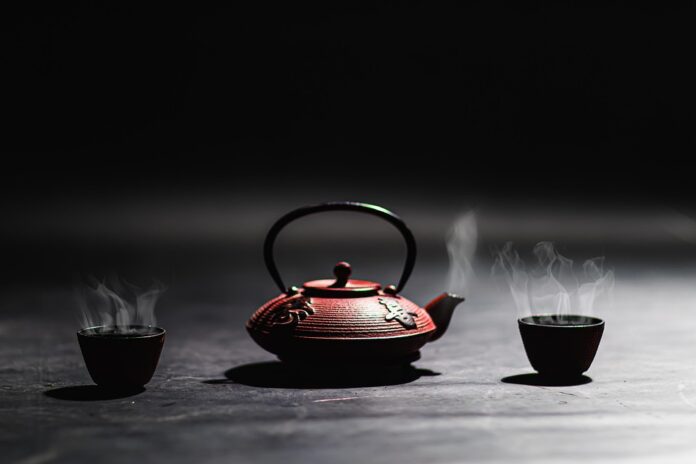Introduction
Tea is one of the most popular beverages in the world, enjoyed by millions of people every day. The way tea leaves are processed can have a significant impact on the flavor, aroma, and overall quality of the final product. In this report, we will explore the processing differences between sun-dried and steamed tea leaves, examining the methods used, the effects on the final product, and the implications for the tea industry.
Sun-Dried Tea Leaves
Processing Method
Sun-dried tea leaves are processed using a traditional method that involves spreading the freshly picked tea leaves out in the sun to dry. This method allows the leaves to air dry naturally, which can take several days depending on the weather conditions. The leaves are then heated to stop the oxidation process before being sorted and packaged for sale.
Effects on Flavor and Aroma
Sun-dried tea leaves tend to have a more subtle and delicate flavor compared to steamed tea leaves. The slow drying process allows the leaves to retain more of their natural oils and aromas, resulting in a smoother and more nuanced taste. Sun-dried tea leaves are often prized for their complexity and depth of flavor.
Implications for the Industry
Sun-dried tea leaves are typically more labor-intensive to produce compared to steamed tea leaves. This can result in higher production costs, which may be reflected in the final price of the tea. However, the unique flavor profile of sun-dried tea leaves can attract a niche market of tea connoisseurs who are willing to pay a premium for a high-quality product.
Steamed Tea Leaves
Processing Method
Steamed tea leaves are processed using a method that involves steaming the freshly picked tea leaves to halt the oxidation process. This quick and efficient method helps to preserve the green color of the leaves and lock in their fresh, grassy flavor. The leaves are then dried and sorted before being packaged for sale.
Effects on Flavor and Aroma
Steamed tea leaves have a more pronounced and grassy flavor compared to sun-dried tea leaves. The steaming process helps to retain the natural green color of the leaves and gives the tea a crisp and refreshing taste. Steamed tea leaves are often preferred for their bright and lively flavor profile.
Implications for the Industry
Steamed tea leaves are generally easier and faster to produce compared to sun-dried tea leaves. This can result in lower production costs, which may make steamed tea more affordable for consumers. The fresh and vibrant flavor of steamed tea leaves can appeal to a wider audience of tea drinkers looking for a light and refreshing beverage.
Industry Insights
The tea industry is constantly evolving, with new processing methods and techniques being developed to meet the changing tastes and preferences of consumers. While both sun-dried and steamed tea leaves have their own unique characteristics and flavor profiles, the choice between the two ultimately comes down to personal preference.
Financial Data
According to industry reports, the global tea market is expected to reach a value of over $55 billion by 2025, with a compound annual growth rate of 5.5%. This growth is driven by increasing consumer awareness of the health benefits of tea, as well as the growing popularity of specialty and premium teas.
Actual Companies
Some of the top tea companies in the world include Unilever, Tata Global Beverages, and Celestial Seasonings. These companies offer a wide range of tea products, including both sun-dried and steamed varieties, to cater to the diverse tastes of consumers worldwide.
In conclusion, the processing differences between sun-dried and steamed tea leaves can have a significant impact on the flavor, aroma, and overall quality of the final product. While sun-dried tea leaves tend to have a more subtle and complex flavor, steamed tea leaves are known for their bright and vibrant taste. Understanding these differences can help consumers make informed choices when selecting their favorite tea.




